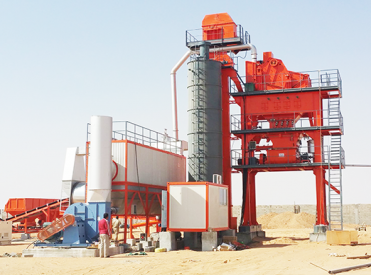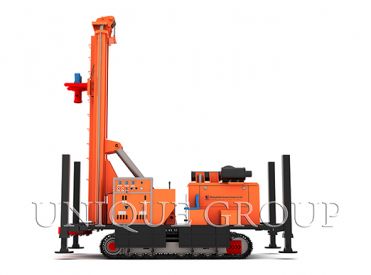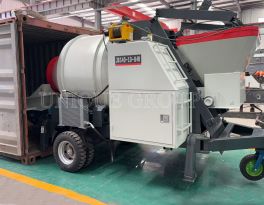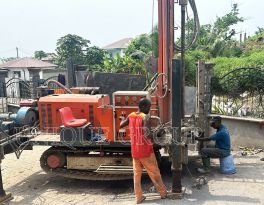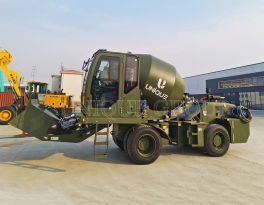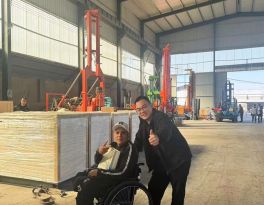
In modern construction projects, concrete mixing equipment is crucial for ensuring the efficient mixing of cement, aggregates, and water. Depending on project requirements, the market offers various options ranging from traditional drum mixers to advanced self-loading mixers and mixing pumps. This article provides an in-depth analysis of the most commonly used concrete mixing equipment types in construction, including their working principles, advantages, and application scenarios.
Drum mixers are the most basic and widely used concrete mixing equipment. They work by combining the rotation of the drum with internal mixing blades to achieve material mixing. There are two main types:
Tilting drum mixers: The drum can tilt downward for discharge, suitable for small to medium batch production
Non-tilting drum mixers: Require chutes or screw conveyors for unloading, suitable for large projects
The advantages of this type of equipment include low maintenance costs, simple operation, and easy transportation, making them particularly suitable for budget-constrained small projects. However, their mixing efficiency is relatively low, and they are not suitable for mixing high-hardness concrete. Typical applications include small residential construction, commercial concrete production, and remote construction sites with difficult access.
Pan mixers use a fixed mixing pan combined with rotating blades to achieve fast and uniform mixing effects through vortex formation. This equipment is particularly good at handling special concretes such as high-strength and fiber-reinforced types.
Compared with drum mixers, pan mixers have significant advantages in mixing efficiency and speed, meeting the high standards required for precast concrete production. However, they consume more energy, have relatively high maintenance costs, and are less portable. They are mainly used in precast concrete component production, high-strength concrete mixing, and industrial and commercial construction fields.
Twin-shaft mixers are equipped with two sets of counter-rotating mixing shafts and special blades, achieving fast and uniform mixing effects through high-intensity mechanical action, making them ideal for large projects and high-performance concrete production.
The outstanding features of this type of equipment are the fastest mixing speed and maximum capacity, capable of handling various specially proportioned concretes. However, correspondingly, they have the highest purchase costs, require professional operators for both operation and maintenance, and have relatively complex system structures. Typical applications include large infrastructure projects such as bridges and dams, high-performance concrete (HPC) production, and prestressed concrete component manufacturing.
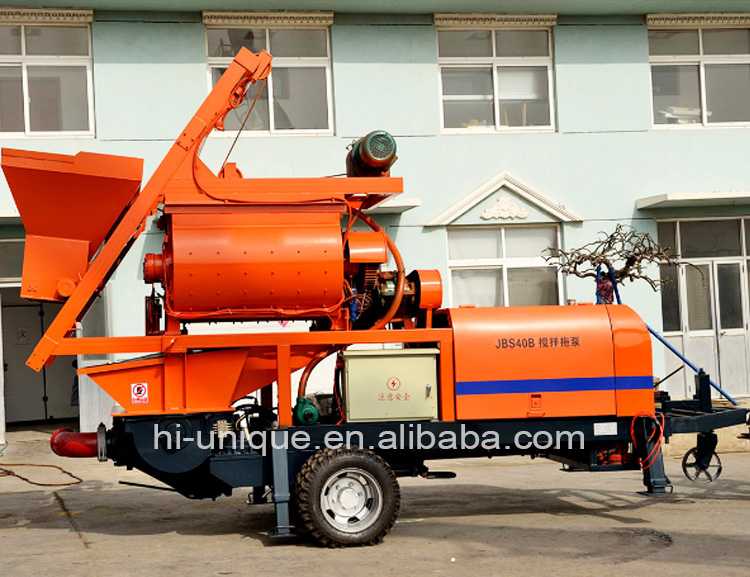
Self-loading mixers innovatively integrate loading, mixing, and transportation functions into a single piece of equipment, equipped with built-in loading buckets, water tanks, and mixing drums, capable of independently completing the entire concrete production process.
The advantages of this equipment are obvious: no separate batching equipment is needed, making it particularly suitable for remote areas or small construction sites, and it can significantly reduce labor input and operation time. However, its single mixing volume is limited, the initial investment cost is high, and trained operators are required. It is mainly used in rural construction, small and medium-sized projects, and road repair scenarios.
Mixing pumps creatively combine mixing and pumping systems into one, achieving continuous concrete mixing and long-distance pumping, greatly improving the construction efficiency of high-rise buildings.
This integrated design eliminates the need for separate pumping equipment, making it particularly suitable for high-rise building construction, effectively reducing labor input and accelerating project progress. However, its operating costs are high, requiring regular professional maintenance, and it is not suitable for small projects. Main application areas include high-rise buildings, large industrial complexes, and infrastructure projects requiring long-distance pumping.
Mobile batching mixers can complete the entire batching and mixing process directly at the construction site, precisely controlling the mix ratio. This truck-mounted equipment can produce fresh concrete as needed.
Its biggest advantage is achieving zero waste (on-demand mixing) and allowing on-site adjustment of mix designs, making it particularly suitable for projects with fluctuating concrete demand. However, the equipment requires significant investment, skilled operators, and its production efficiency is lower than that of ready-mix concrete trucks. It is mainly used in projects with unstable demand, construction in remote areas, and special concrete construction.
Choosing the right concrete mixing equipment requires comprehensive consideration of three key factors:
Project scale (small, medium, or large)
Budget constraints (initial investment vs long-term benefits)
Concrete technical requirements (ordinary, high-strength, or special concrete)
Specific recommendations:
Small projects: Drum mixers or self-loading mixers
Precast concrete: Pan mixers
Large projects: Twin-shaft mixers or mixing pumps
Flexible on-site mixing: Mobile batching mixers
Selecting the right concrete mixing equipment is crucial for ensuring project quality, controlling costs, and improving efficiency. Whether for courtyard floor construction or skyscraper building, understanding the characteristics of these equipment types can help you make the best choice. For equipment selection recommendations for specific projects, please feel free to consult our professional team.
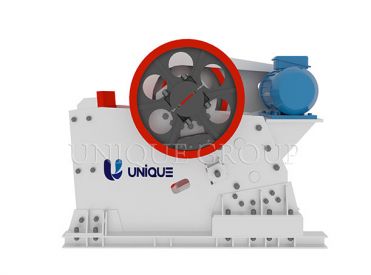

.jpg)
